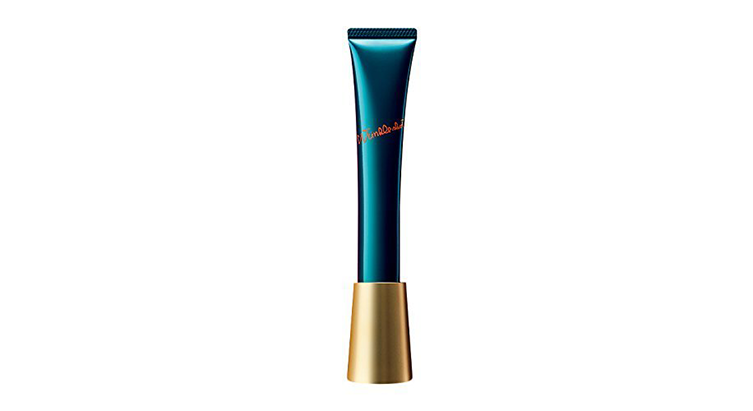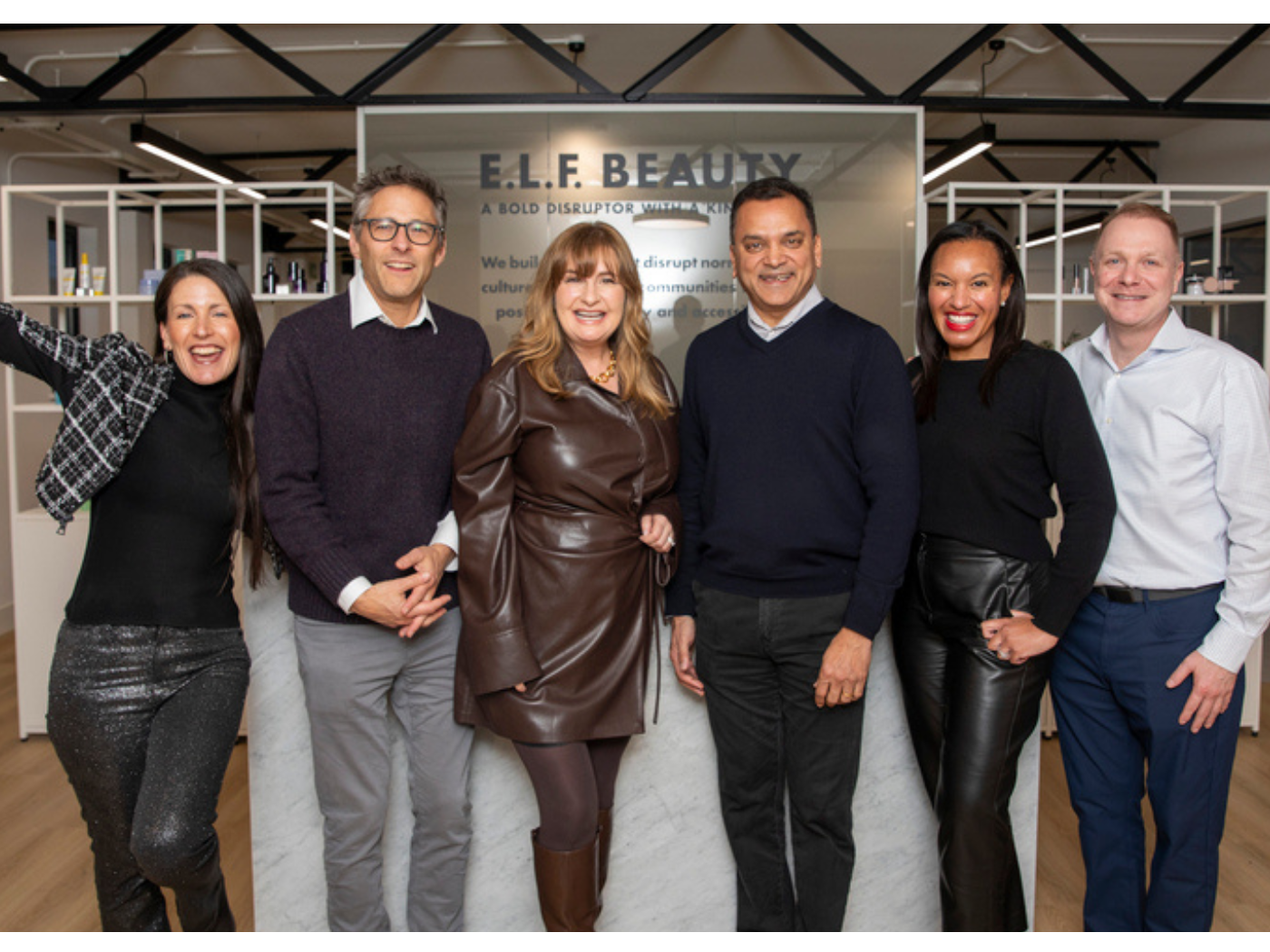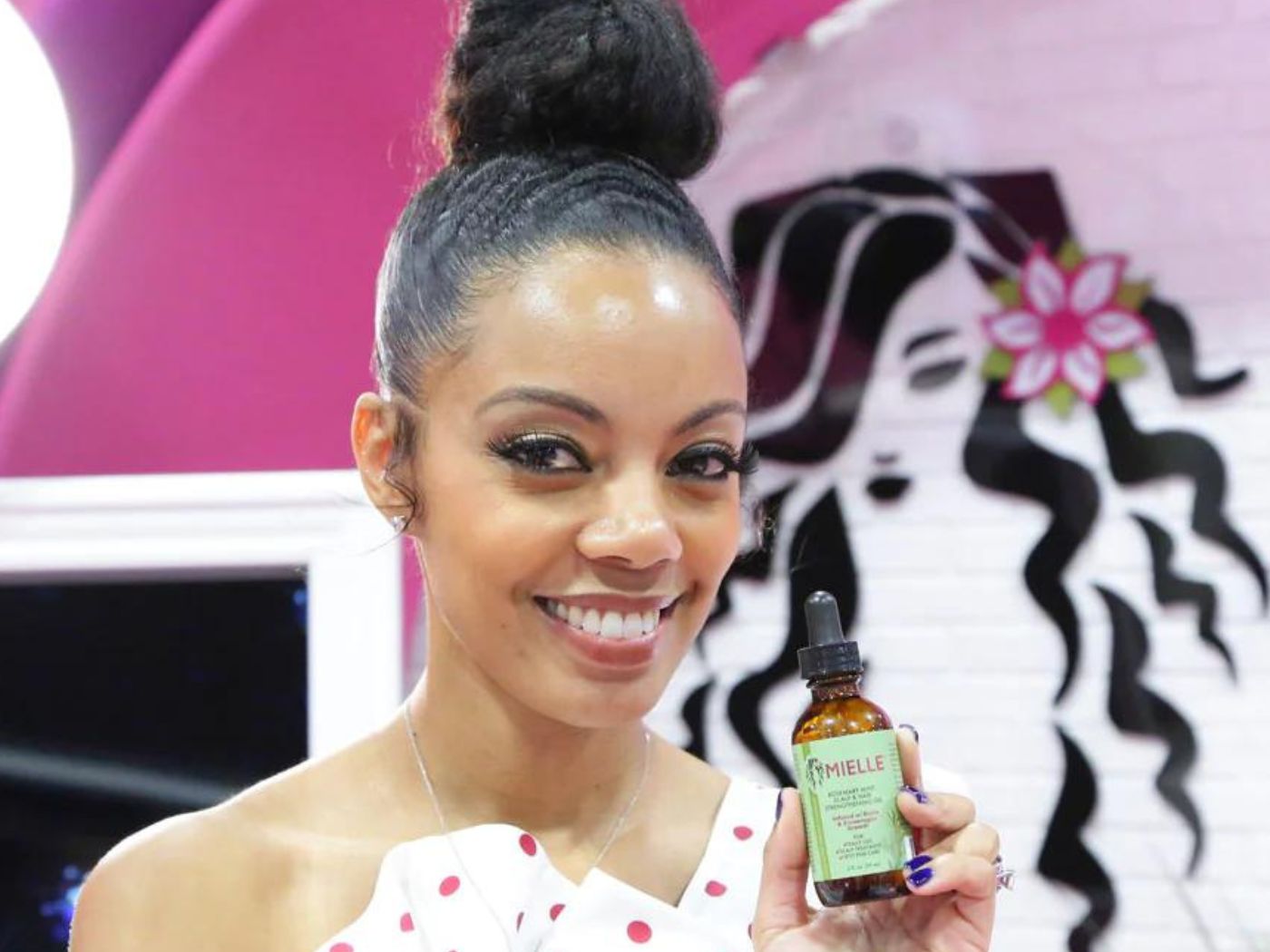K-Beauty may have stolen beauty’s limelight in recent years, but J-Beauty is resurging as a global leader in skin care and makeup, rooted in innovative technology, quality manufacturing and lush formulations.
While sheet masks, 10-step skin care routines and playful packaging from South Korea has played a hand in reshaping U.S. beauty, its more serious, refined neighbor, J-Beauty, is now getting attention.
“K-Beauty and J-Beauty are both Asian, but they are very different,” said Jill Scalamandre, President of Shiseido Global Makeup Center of Excellence, Global Marketing, bareMinerals and BUXOM, Shiseido Americas. “Korean beauty is fun, ingredient-driven and all about trends. Japanese beauty is steeped in understated luxury, product quality, timelessness and beautiful aesthetics. It is very serious and thoughtful, with a lot of intention. The three tenets of Japanese beauty are tradition, science and art. J-Beauty is minimalistic, with a Zen, pared-down aesthetic.”
Japan has, in fact, led innovation in beauty for decades. Think double-cleansing, color-correcting cosmetics, fiber mascaras, cleansing oils and the innovation of essences as their own skin care category. So why the renewed focus on Japan? The reasons are cultural and economic.
“We started seeing Japanese culture present in Western industries, especially fashion. Chanel, Louis Vuitton and Dolce & Gabbana all held events in Japan a year ago. We saw it coming as the next destination,” said Jill.
With the 2020 Olympics scheduled to be held in Tokyo, and an economic recovery in full swing, global focus on Japan is set to intensify in the coming years.
Shiseido, one of the world’s most established cosmetics companies at 145 years old, is both steeped in Japanese tradition and at the forefront of cutting-edge innovation.
“Shiseido was the first company to bring a new form of hyaluronic acid to skin care. It discovered a beautiful, synthetic way to refine hyaluronic acid and mimic nature,” said Jill.
Up until the mid-eighties, hyaluronic acid was extracted from rooster combs and was a very expensive raw material. Shiseido was the first to succeed in the manufacturing of hyaluronic acid by the fermentation culture method in Japan, enabling the ingredient to be mass-produced and formulated into many products.
“Quality manufacturing is so important to Japan. The Japanese can do things at a fast speed, but they will never compromise on quality,” said Jill. “It’s all about the manufacturing and technology around ingredients. I have never seen testing done so thoroughly as at Shiseido. There is such a pristine finesse to Shiseido’s products. They are so textural and sensorial.”
Shiseido’s millennial-inspired skin care line, Waso, which launched last year, features local ingredients such as loquat, tofu, honey and white jelly mushroom that help build skin’s resistance to stressors, and innovative formulas including a jelly lotion that transforms from gel to liquid on skin. “Waso’s messaging centers on the goodness of the earth, which is very important to millennials.”
“Shiseido kicked off 2018 strongly with the launch of Essential Energy, a skin care line rooted in neuroscience,” said Jill. The collection is powered with ReNeura technology that reawakens the skin’s ability to respond to skin care.
“Essential Energy is minimalistic and beautifully handcrafted, like Japanese art. Shiseido’s skin care sinks beautifully into the skin, it doesn’t sit on top of the skin. The Japanese are the best at refining, and everything is milled and precisely refined. The absorption is crazy.”
In the second half of this year, Shiseido will also be relaunching its color cosmetics, appealing both to the brand’s core customers as well as millennials. “We really mined Japanese beauty and stayed true to our roots,” said Jill. The collection promises to encapsulate Shiseido’s unique sense of art and aesthetics.
In addition to established beauty brands that have a cult following in the West (besides Shiseido, these include Tatcha, Albion, SK-II, Shu Uemura), a number of lesser-known Japanese brands are gaining attention such as DHC, Hada Labo Tokyo (a popular skin care line featuring ‘Super Hyaluronic Acid’), Fancl (preservative-free beauty), Pola and Dr. Ci:Labo (a medical skin care brand).
One notable standout is Adsorb Beauty, which has just launched stateside. Adsorb has developed an antibody technology that reverses the signs of aging. Antibodies are extracted from the yolks of ostrich eggs (ostriches are said to have the strongest immune system of any living animal), and these are combined with peptides and hydrators to create an anti-aging skin care treatment.
Pola’s Wrinkle Shot Serum recently received a quasi-drug certification from the Japanese Ministry of Health, Labor and Welfare, allowing the brand to officially market the beauty product as ‘wrinkle-fighting.’ Wrinkle Shot is the result of 15 years of research and development and rigorous government screening.
In makeup, DHC has garnered attention thanks to its Deep Cleansing Oil that uses olive oil and vitamin E to enrich skin as it cleans. Fairydrops’ Scandal Queen Waterproof Mascara is another cult product in Japan thanks to a formula enriched with squalene, hydrolyzed collagen and hyaluronic acid that conditions the lashes as it lifts.
How Japanese brands walk the fine line between time-honored traditions and the imperative to stay at the forefront of technology will be interesting to watch. Shiseido is a case in point, with its long heritage in beauty, and cutting-edge tools and customized products. The company’s MatchCo business creates individualized shades of foundation; Giaran specializes in artificial intelligence).
“The core of Shiseido is empathy,” said Jill. “There is a Japanese concept called omotenashi, which means serving people in a human and respectful manner. Shiseido is very strong in bringing humanity to technology.”




